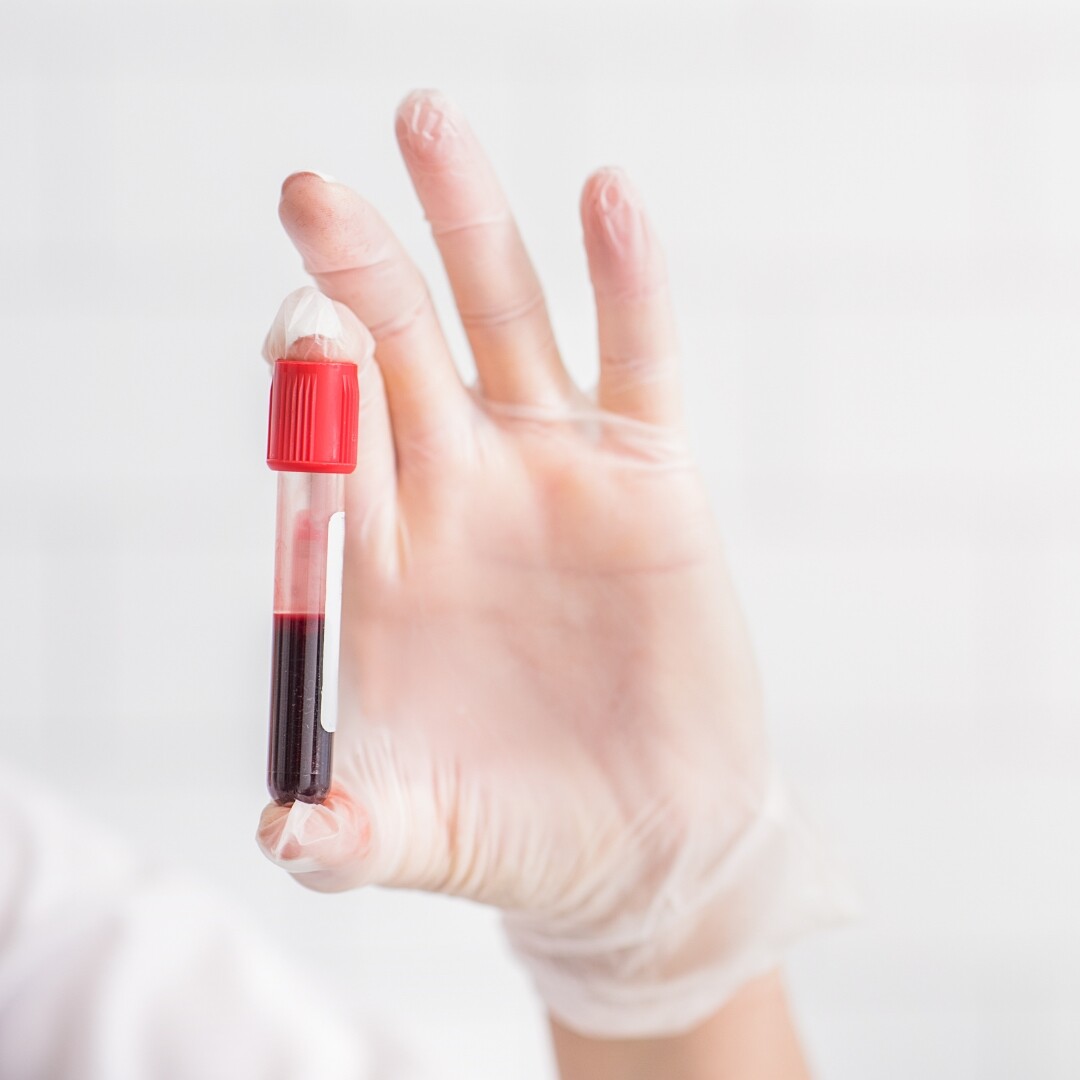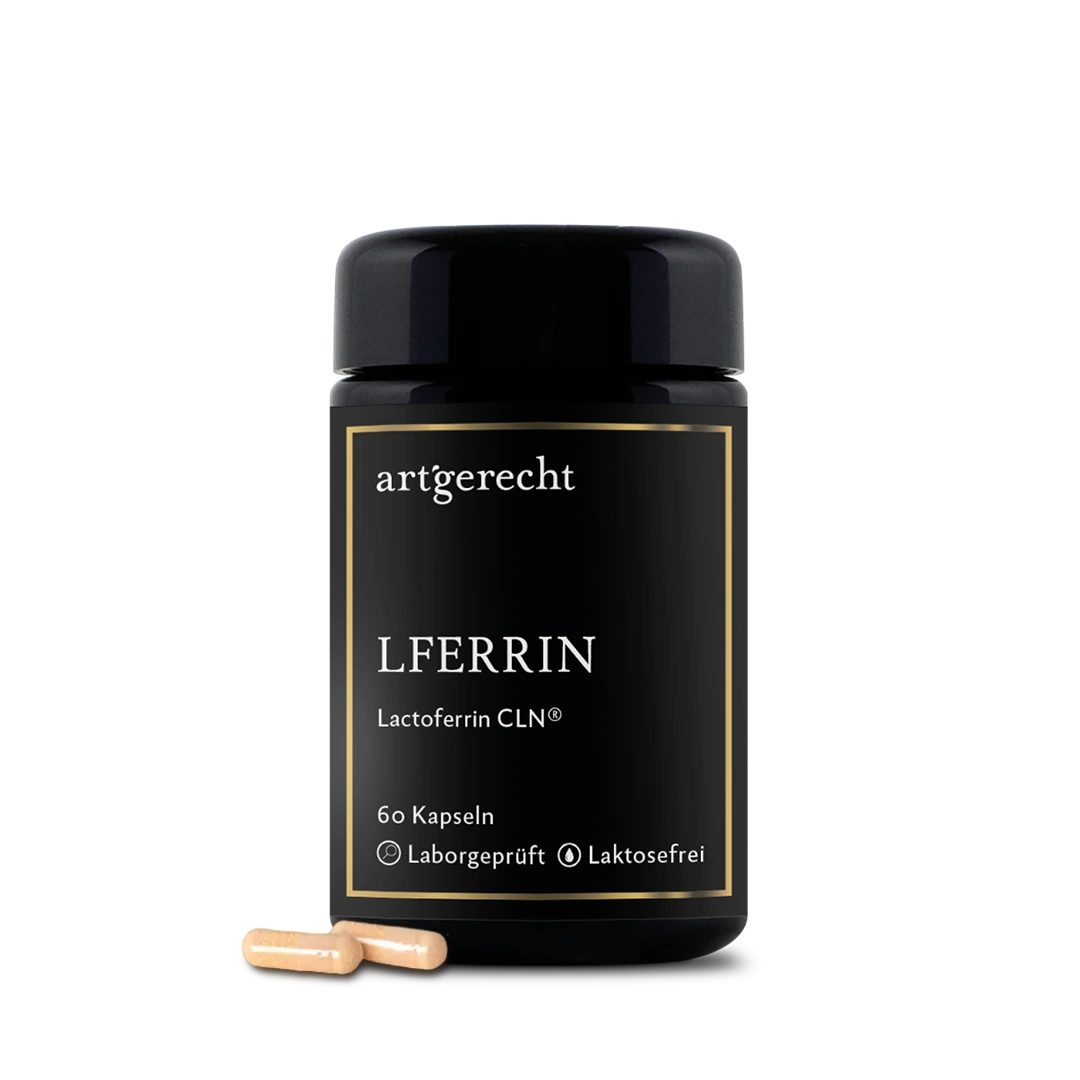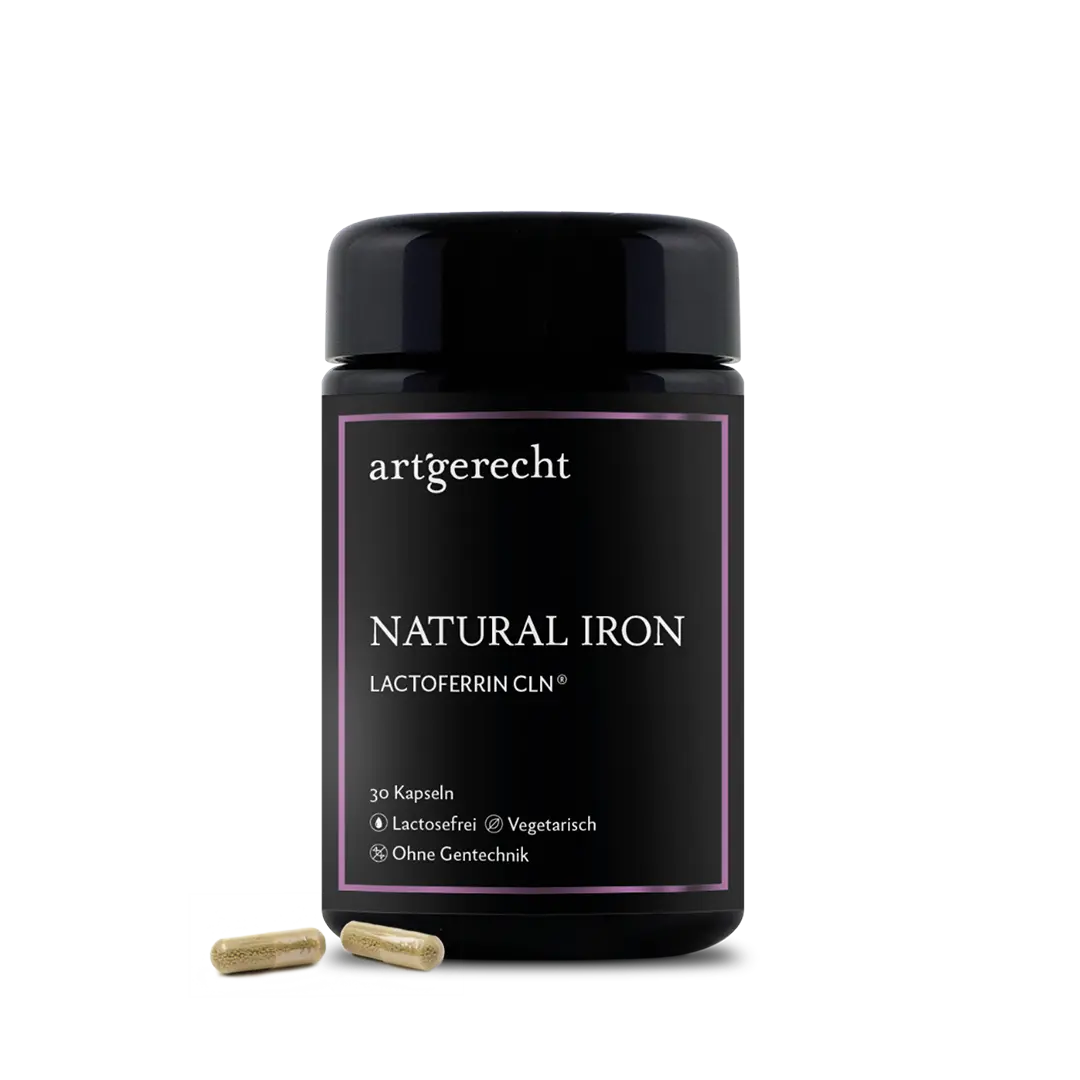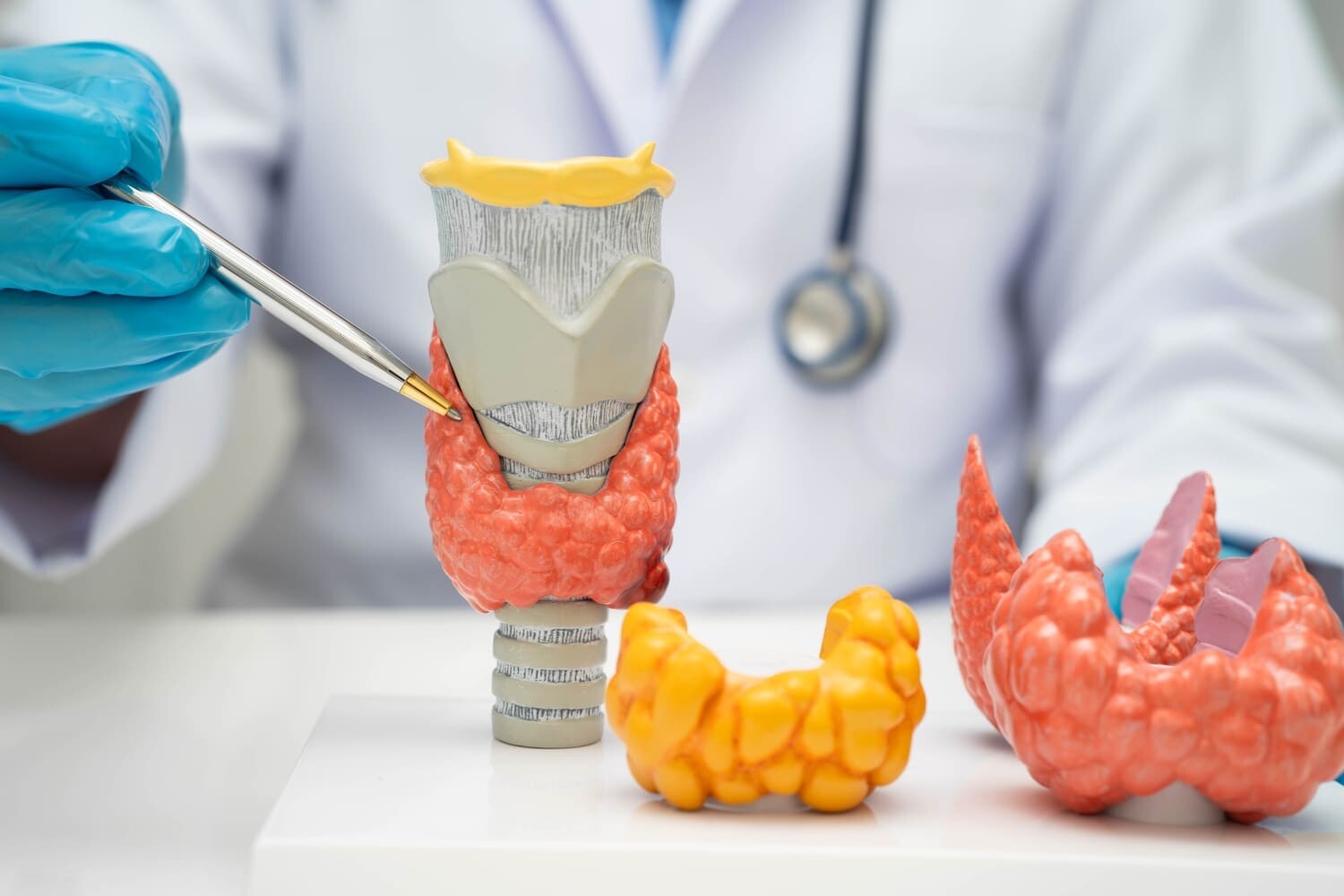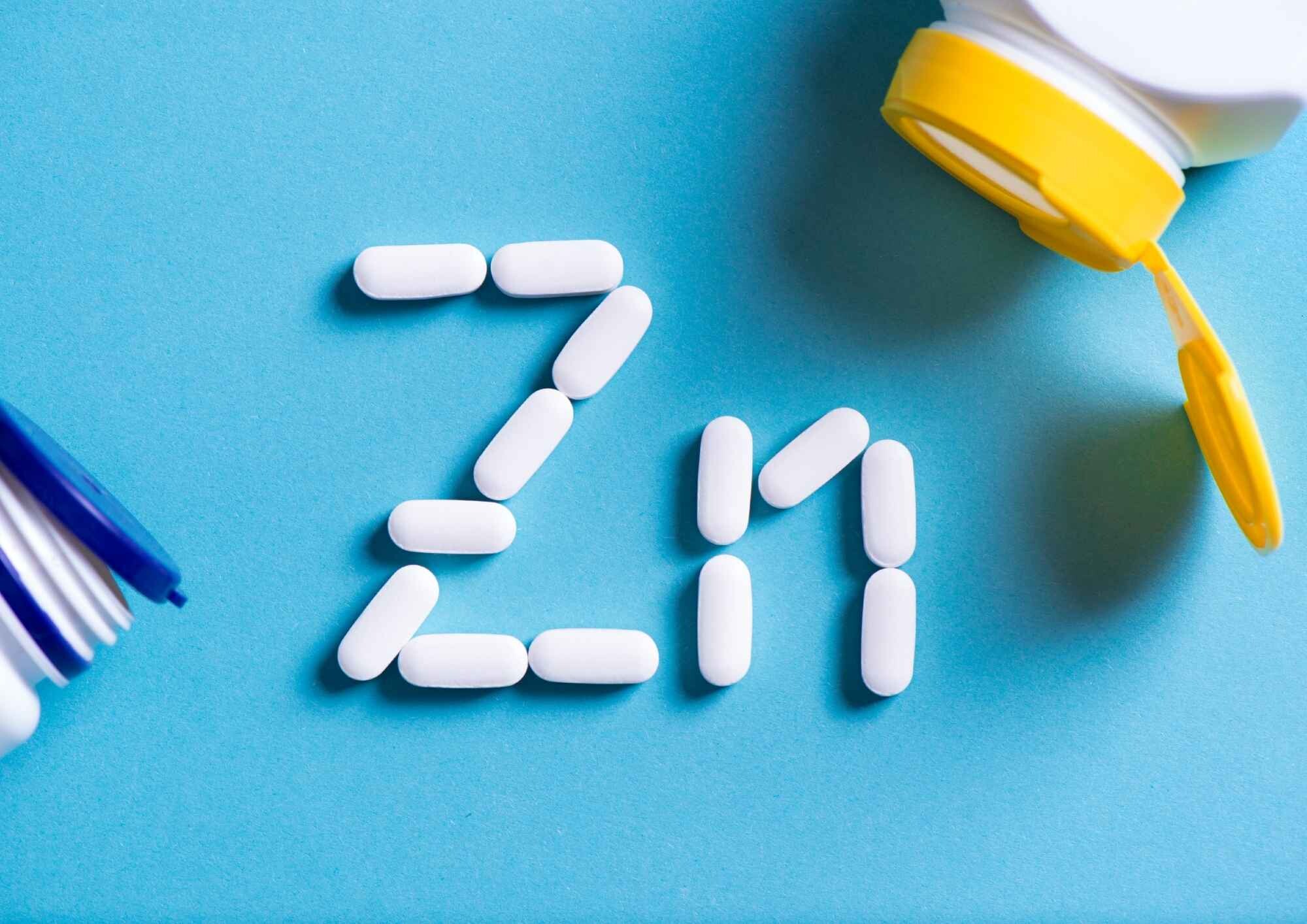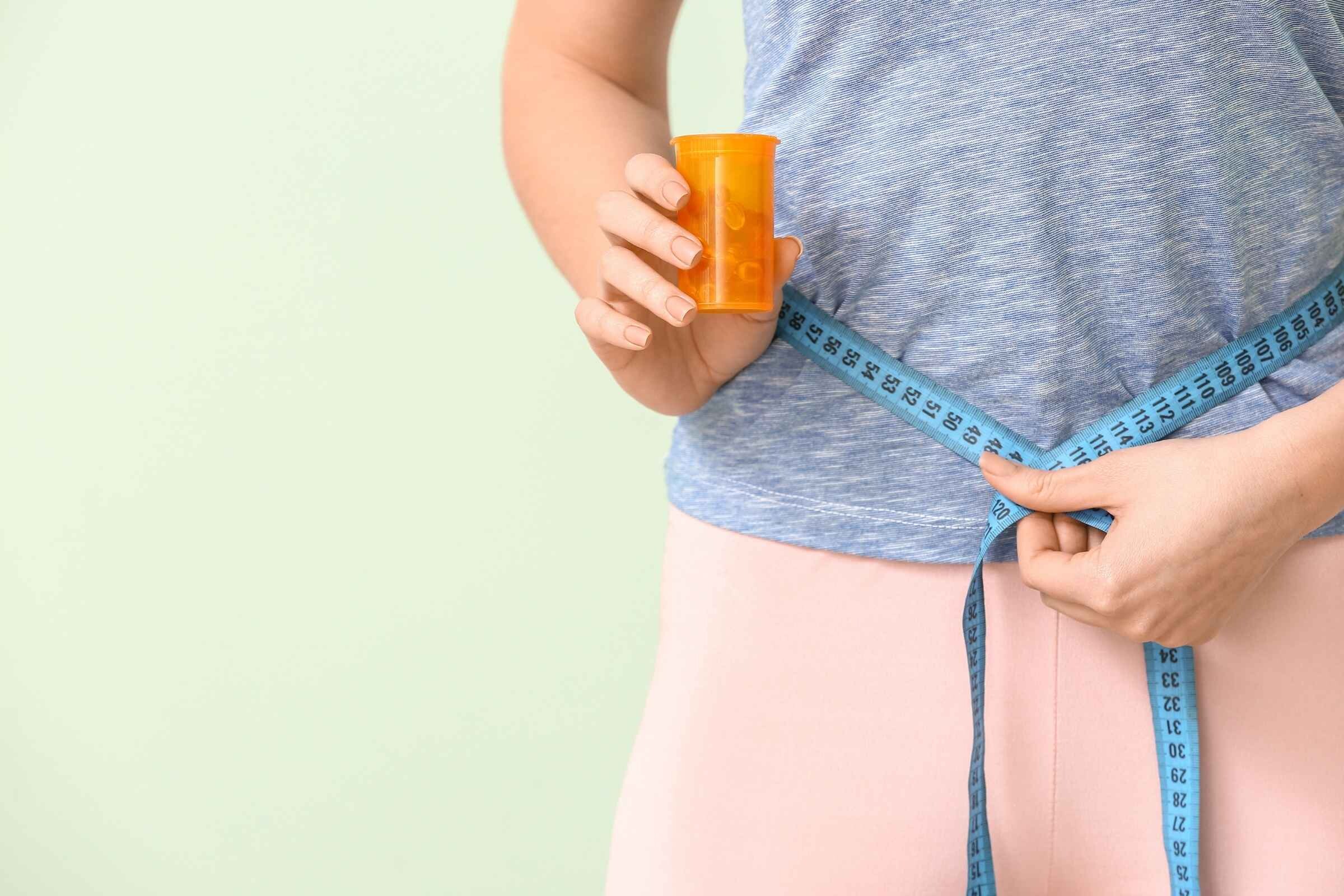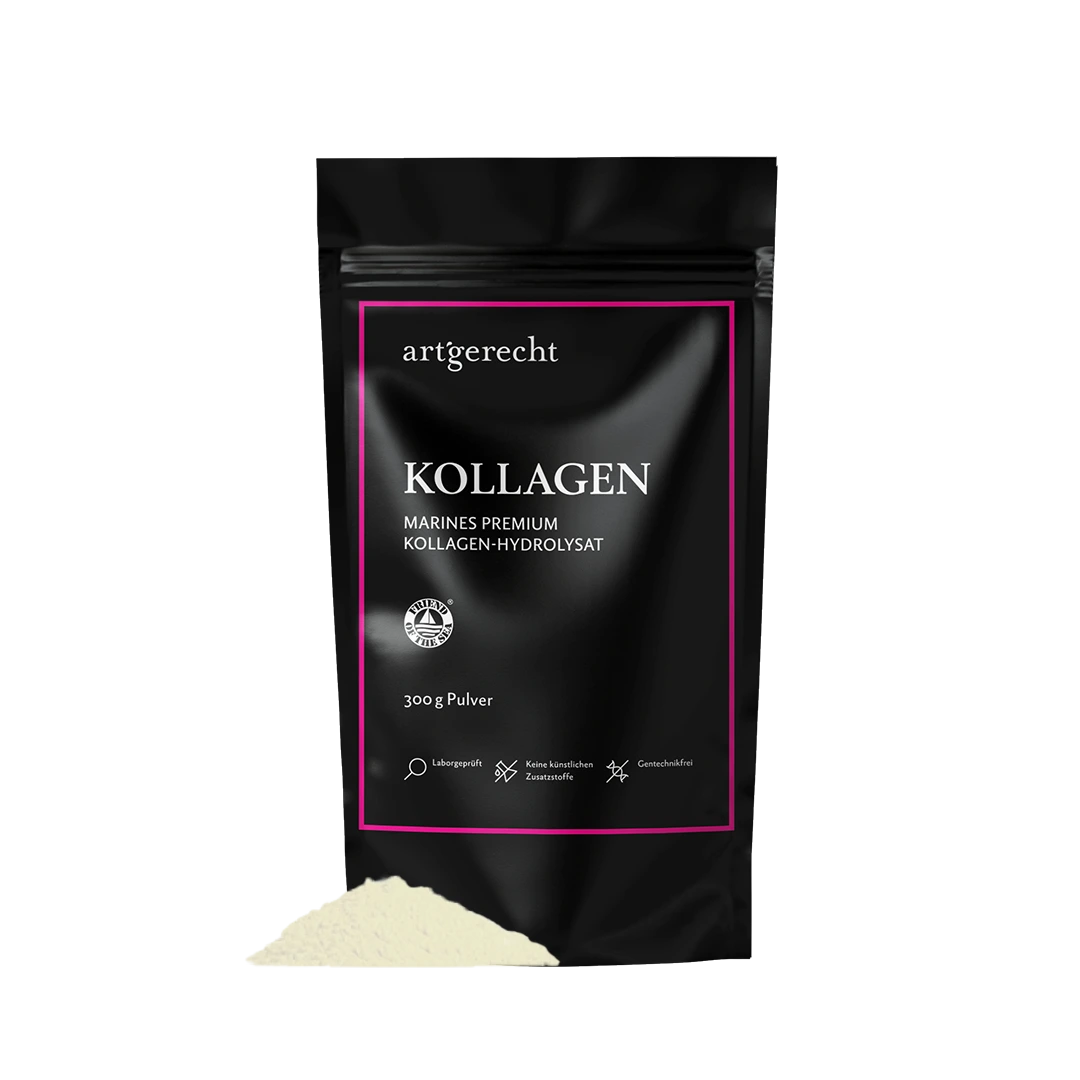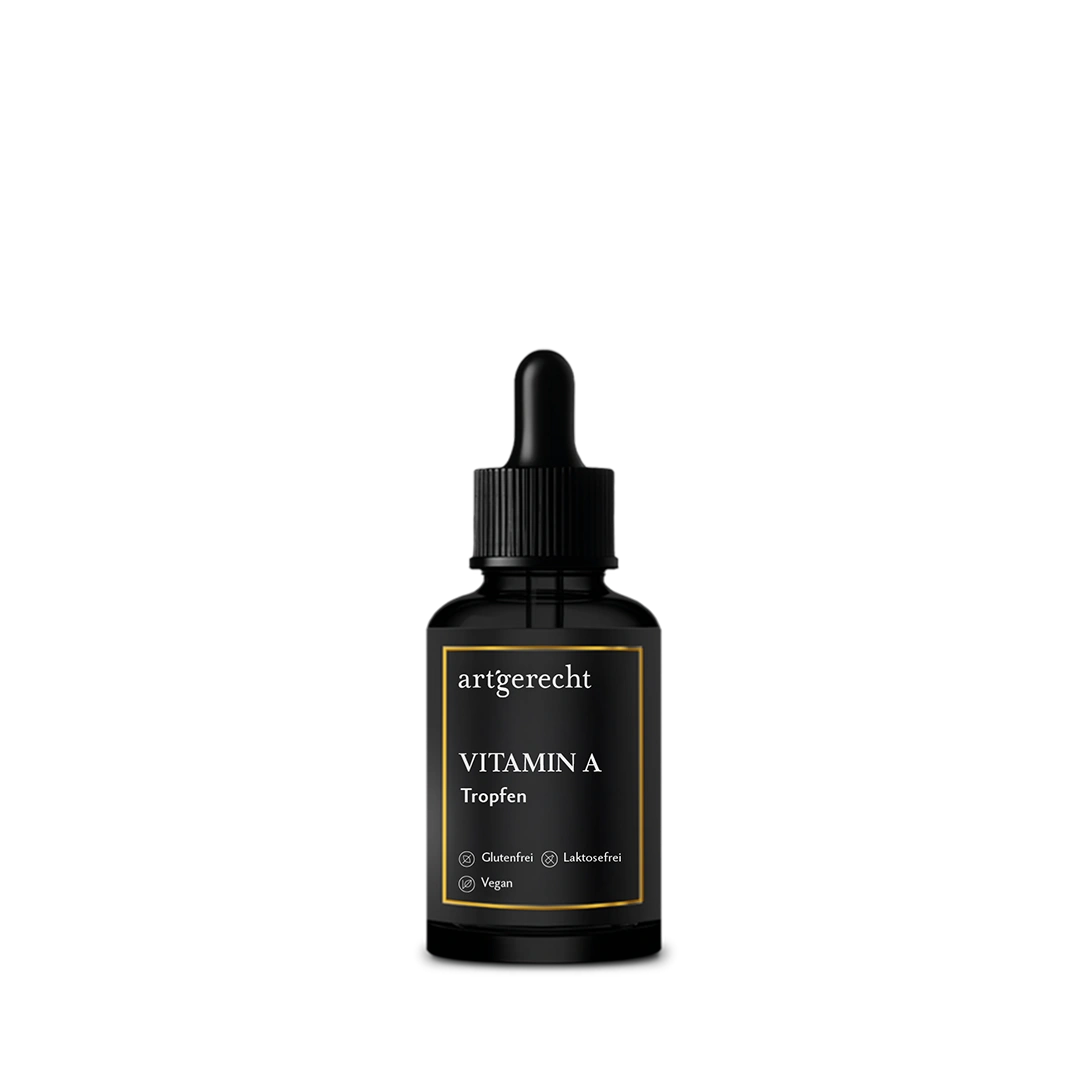Iron deficiency is one of the most common nutrient deficiencies worldwide and can occur both with and without anemia. Fatigue, concentration problems, hair loss or pale skin are common symptoms - often unspecific and therefore easy to overlook. This guide provides a practical overview of the diagnosis, treatment options and accompanying measures - evidence-based and up-to-date.
1. diagnostics & classification
A precise diagnosis is the basis of any effective therapy. It is not only important to determine the iron status, but also to differentiate it from other causes of fatigue or anemia. Inflammation, blood loss and resorption disorders influence the iron parameters and must be taken into account.
Relevant laboratory parameters:
- Hämoglobin (Hb)
- Ferritin (Attention: acute phase protein!)
- Transferrin saturation (TSAT)
- C-reactive protein (CRP) – for the assessment of inflammation
- Reticulocyte count – for suspected erythropoiesis disorder
Forms of iron deficiency:
| Form | Criteria |
| Latent iron deficiency | Ferritin < 30 µg/l, Hb normal |
| Manifest iron deficiency | Hb < 12 g/dl (women), < 13 g/dl (men) + ferritin < 30 |
| Functional iron deficiency | Ferritin > 100 µg/l + TSAT < 20 % with simultaneous deficiency |
2. therapy goals
The treatment of iron deficiency is not only aimed at correcting laboratory values – the restoration of physical and cognitive well-being is crucial. Early intervention can significantly improve quality of life, especially in cases of latent deficiency without anemia.
Therapy goals at a glance:
- Restoration of iron stores (ferritin ≥ 50–100 µg/l)
- Normalization of the hemoglobin
- Relief of symptoms such as fatigue, hair loss or susceptibility to infections
- Prevention of rheumatism by treating the causes
3. therapy options
The choice of suitable therapy depends on the severity, tolerability and underlying causes. A basic distinction is made between oral and intravenous iron administration.
3A. Oral iron supplementation (standard for mild/moderate deficiency)
Oral therapy is the first choice for most patients. Classic preparations contain iron(II) salts (e.g. sulphate or fumarate), but these are often associated with gastrointestinal complaints and are poorly absorbed, especially in the case of chronic inflammation or irritable bowel syndrome.
A modern, more tolerable alternative is iron-saturated lactoferrin. This is a natural iron transport protein that delivers iron specifically to the intestinal mucosa. It is absorbed via its own receptors, which improves bioavailability and at the same time reduces oxidative stress in the intestine. Studies show: This form is just as effective as classic preparations - but significantly better tolerated.
In addition, lactoferrin has an anti-inflammatory effect and supports the intestinal barrier and the microbiome. Iron-saturated lactoferrin is an ideal therapeutic option, especially for sensitive digestive systems, pregnancy, autoimmune diseases or functional malabsorption.
Recommended dosage:
- 50–100 mg of elemental iron per day
- Alternatively: take every other day (better tolerance and absorption)
- Therapy duration: At least 3 months or until ferritin > 50 µg/l
Combination:
- With vitamin C for better absorption
- Keep your distance from coffee, tea, calcium & antacids
3B. Intravenous iron therapy (for severe deficiency or malabsorption)
If oral therapy is not sufficient or is not tolerated, intravenous iron administration is indicated. It enables rapid replenishment of stores, but involves higher costs and requires medical supervision.
Indications:
- Hb < 10 g/dl
- Chronic inflammatory diseases (e.g. IBD, rheumatism)
- Malabsorption (e.g. after gastric surgery, celiac disease)
- Therapy failure of oral preparations
Suitable preparations:
- Ferricarboxymaltose
- Iron isomaltose
- Iron(III) hydroxide sucrose
Advantages:
- Quick and effective
Risks:
- Infusion reactions
- Frequently severe side effects (e.g. nausea)
- Overdosing with improper use
- Oxidative stress due to free iron in the body
4. dietary recommendations for iron deficiency
An iron-conscious diet can usefully support therapy, especially in the case of mild deficiency. The key is to combine iron-rich foods with absorption-promoting substances such as vitamin C.
Foods rich in iron (per 100 g):
| Food | Iron content |
|---|---|
| Pork liver | 18 mg |
| Kürbiskernels | 12 mg |
| millet | 9 mg |
| Lentils (dried) | 8 mg |
| Oat flakes | 4.5 mg |
| Spinach (cooked) | 3.5 mg |
| Beef fillet | 2.5 mg |
| Tofu | 5.4 mg |
Tip: Vitamin C-rich foods (e.g. peppers, citrus fruits) improve iron absorption. Coffee, black tea, dairy products and calcium supplements, on the other hand, inhibit it.
5th check-up & aftercare
Regular laboratory checks ensure the success of the therapy and help to avoid accidents, especially in the case of chronic causes such as menorrhagia or inflammatory bowel disease.
Recommended controls:
- After 4–8 weeks: Hb, ferritin, TSAT
- If necessary: adjustment of the dose or change of the preparation
- After reaching normal values: maintenance dose or preventive measures
6. Special patient groups
An individualized treatment approach is particularly important for certain groups:
- Pregnant women: Increased need from the 2nd trimester, oral preparations with good tolerability preferred
- Children: Liquid dosage forms, dosage according to body weight
- Seniors: Mixed anemia often – careful differential diagnosis necessary
- Athletes: Increased requirement due to increased erythropoiesis and sweat loss
Literature references:
- Goddard AF et al. Good, 2011;60:1309–1316.
- WHO. Iron Deficiency Anaemia: Assessment, Prevention and Control, 2001.
- Stoffel NU et al. The Lancet Haematology, 2017.
- Swiss Society of Gastroenterology. Iron Deficiency: Diagnosis and Therapy, 2021.

